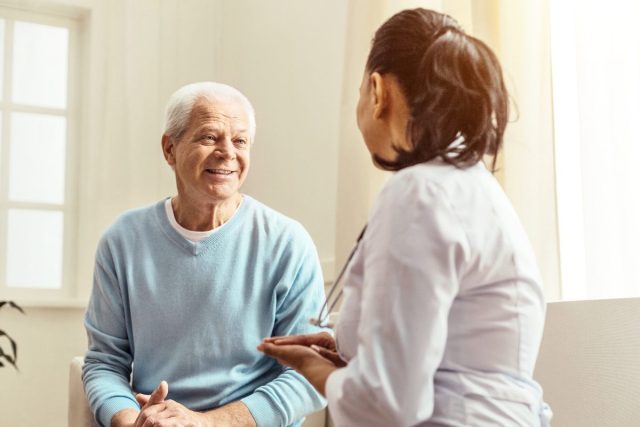Let’s know the ‘The Warning Signs of Scoliosis’ Mckenna Grace is no longer keeping her scoliosis a secret. The actress from The Handmaid’s Tale recently revealed that she underwent surgery a few weeks ago after being diagnosed with the ailment four years ago when she was just 12 years old.
But generally speaking, I simply kept it to myself. In order for me to enjoy childhood and sort myself out as a teenager, she continued, “I like to keep my personal life a little bit more private.
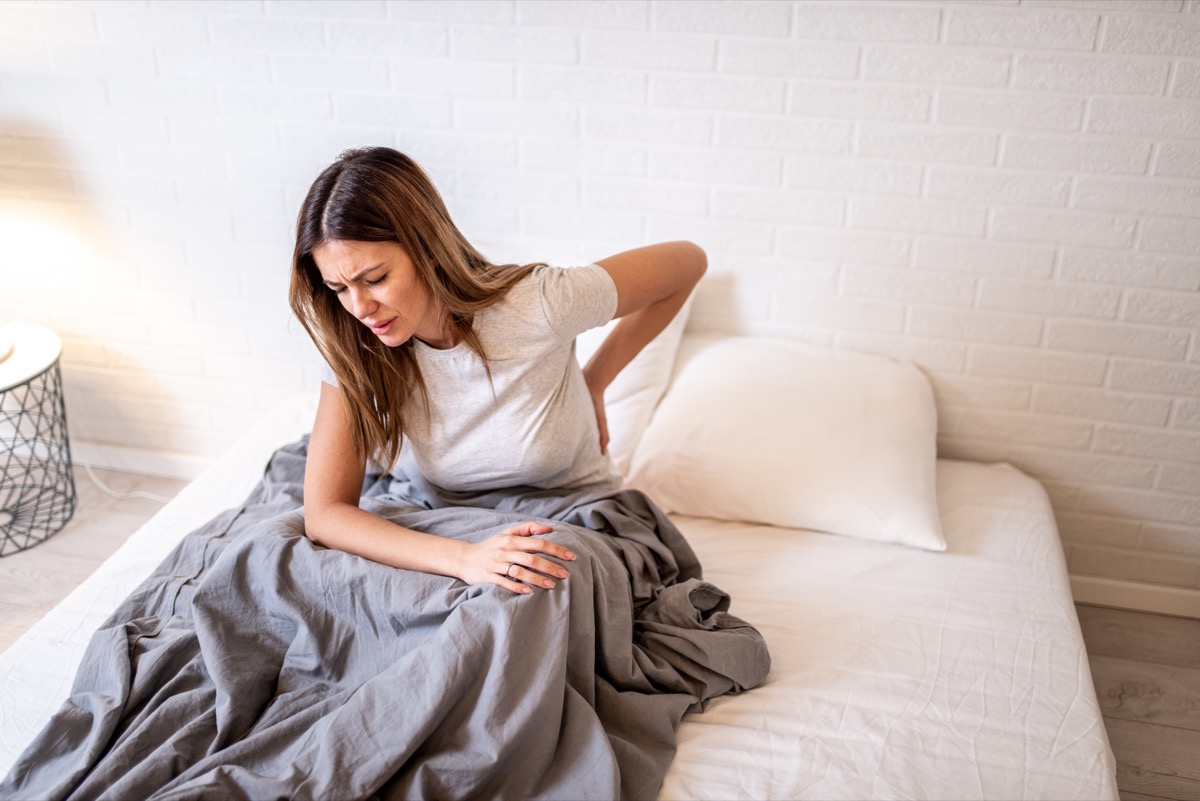
So it’s a little strange to share these intensely private difficulties and ideas with the public. However, I’m hoping that by sharing my struggles with my surgery, my spine, and my song, maybe people who are experiencing the same thing may feel less alone. I suppose it’s necessary to demonstrate that, regardless of how things appear on the outside, everyone nonetheless faces many challenges in life
The 16-year-old spoke with THR about her experience coming to terms with having scoliosis. “My father is a doctor. Being a very loving person, I frequently embrace my parents. Whenever I hugged him, he would feel my back and spine and comment that my back felt strange. My dad performed a scoliosis exam on me after I stopped attending school since they administer them there, and he said, “Oh yeah, that’s you.” And after that, everything just kept getting worse.”
Grace, who underwent surgery in October, has been recovering and stated, “I’m starting to get back to my regular routines. I didn’t understand how much my spine was preventing me, so now that it’s fixed, I want to get in shape. I would exercise six days a week and see no improvement. For months, I would work extremely hard and wonder why I wasn’t getting any results. Although I haven’t worked out in months, I feel like I look my best physically after my spine surgery, which I believe had a lot to do with my mental attitude.
That must be how painful my spine was, I suppose. I feel completely different. It’s absurd. Consume This, Not That! In an interview with experts who have not treated Grace, Health learned more about scoliosis and the warning indicators to watch out for. Continue reading and pay close attention to these Sure Signs You’ve Already Had COVID to protect your health and the health of others.
The Warning Signs of Scoliosis:
What to Know About Scoliosis
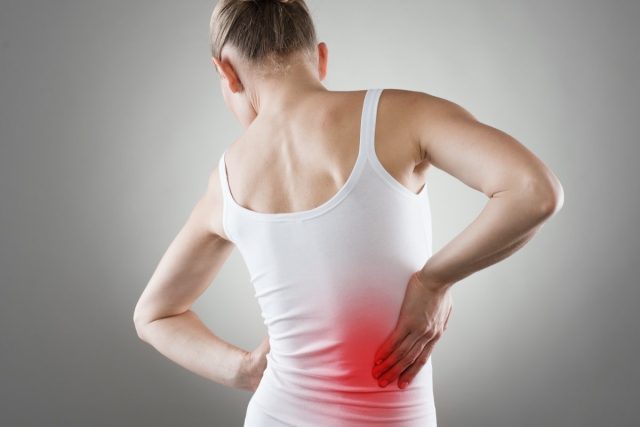
Scoliosis is essentially a spinal misalignment, according to Jonathan J. Rasouli, MD, Director, Complex and Adult Spinal Deformity Surgery for the department of Neurological Surgery at Staten Island University Hospital.
Although it can affect persons of various ages, severe osteoporosis in teenagers and adults is the most prevalent age group affected. Fortunately, most cases are asymptomatic, although occasionally people may experience pain or worry about their appearance.
Due to these factors, patients frequently need interdisciplinary therapies and may even need a spinal surgeon’s assessment. On social media, there are several support groups that are great resources for knowledge, education, support, and awareness, like Scoliosis Warriors and Bent Not Broken.
I would strongly advise you to check them out if you or a loved one has been told you have scoliosis.
Scoliosis is the term used to describe the sideways curvature of the spine, according to Dr. Nick Ghazarian, Director of Minimally Invasive Spine Surgery at Dignity Health Glendale Memorial Hospital and private practitioner. Scoliosis comes in a variety of forms, the most prevalent of which is detected in youngsters during times of rapid growth. Also, Scoliosis is genetically based and more prevalent in women. Scoliosis is frequently discovered at school or by family members who see variations in shoulder height.
The abnormal lateral curvature of the spine is referred to as scoliosis, according to Dr. Ali Mesiwala, Director of Neurosurgery at Dignity Health St. Bernardine. Instead of a bent-over spine, this is frequently referred to as a twisted spine. Early-onset, adolescent, and adult/degenerative scoliosis fall into three general groups. Youngster with early onset scoliosis is between the ages of one and eight years old. Juvenile (aged 3 years and younger) and infantile categories are available (3 to 8 years). Scoliosis can occasionally have an idiopathic, or unknown, an origin that is unrelated to any other medical disorders.
Early-onset scoliosis frequently coexists with other medical conditions such as chest wall abnormalities, neuromuscular conditions like spina bifida or cerebral palsy, and other conditions like benign or malignant spine tumors. In these extreme situations, surgery is necessary to repair the deformity and address underlying medical problems.
This is Who is at Risk
Dr. Rasouli clarifies: “Adolescents with idiopathic scoliosis and elderly persons who have osteoporosis are the most common populations to experience this condition (adult spinal deformity). Though the exact etiology is unknown, it most likely stems from a mix of hereditary and environmental factors. Scoliosis does tend to affect women more frequently. People between the ages of 10 and 18 are typically diagnosed with adolescent scoliosis. Early diagnosis and non-surgical interventions, such as bracing, can be quite successful in halting curve advancement. So that we can identify it early and treat individuals, scoliosis screening is required in many elementary schools across the United States.”
says Dr. Ghazarian “Adolescent idiopathic scoliosis, which is typically identified in youngsters between the ages of 10 and 18, favors females and was most likely the cause of McKenna Grace’s diagnosis. This particular form of scoliosis is multifactorial in origin, which implies that a variety of factors, including genetics, may be responsible. The patient’s skeletal maturity, or how much more growth they have left, as well as the size of the curve, which is assessed in degrees, decide the course of treatment. Patients must be closely watched by a specialist since scoliosis frequently gets worse over time.”
Adding, Dr. Mesiwala “Children who develop adolescent idiopathic scoliosis do so during the relatively quick growth surge of adolescence. In the US, it affects 2–3 percent of children. The aberrant spine curvature frequently remains stable and does not significantly worsen. And in other kids, the curve advances and gets progressively worse over time. Girls have severe and increasing curvature more frequently than boys do, for unknown reasons.”
Adult or Degenerative Scoliosis
“In adult or degenerative scoliosis, patients often develop a twisted spine as a result of age-related wear and tear in the spine, trauma, prior spine surgery, or advancement of untreated idiopathic scoliosis as an adolescent,” explains Dr. Mesiwala. With age, its prevalence rises. Many individuals do not experience symptoms until the spine is further stressed and strained as a result of age-related deterioration. Early signs of these conditions include stiffness and low back pain. The progression of wear and tear can cause pinched nerves in the legs, which can cause numbness, cramping, and shooting pain.
Fatigue frequently comes from the ongoing effort to maintain a proper posture when the spine is twisted in a way that prevents normal functioning, as well as from tension on the lower back and leg muscles.
A thorough physical examination, standing x-rays of the complete spine, as well as CT and MRI imaging to further clarify anatomy, are all components of an adult patient’s medical evaluation. Physical therapy, over-the-counter painkillers, and injections like epidurals or nerve blocks are all available as treatments. Operative treatment can range from minor procedures to ease a pinched nerve to extensive procedures to repair the deformity and restore the spine to its normal alignment.
Adult deformity correction procedures tend to be more extensive and time-consuming than those done on teenagers, and postoperative recovery can be more unpredictable, complex, and variable.
How Scoliosis Can Affect Daily Life
As stated by Dr. Rasouli, “Scoliosis typically has few severe symptoms and has little impact on a person’s day-to-day activities. However, some individuals may have back pain as a result of their scoliosis and may feel self-conscious about the way their bodies look. Patients with significant spinal cord compression may experience limb length disparities, small stature, or trouble walking. Being a teenager is difficult enough without adding scoliosis to the mix. Working and carrying out daily tasks may be all but impossible under some circumstances. In order to stop it from getting worse, we attempt to diagnose it quickly and begin therapy.”
The doctor notes, “Scoliosis typically has little to no impact on a person’s capacity for job or continued activity. The quality of life of people with severe scoliosis, however, may be significantly impacted. Scoliosis patients are more likely than non-scoliosis patients to report having back pain.”
As per Dr. Mesiwala, “The severity of the curvature, whether it results in significant pain, postural and walking difficulties, breathing problems, or neurological disorders such as weakening and sensory loss, determines the extent to which scoliosis impacts daily life. Loss of bladder and bowel control is a rare occurrence.”
Treatment Options
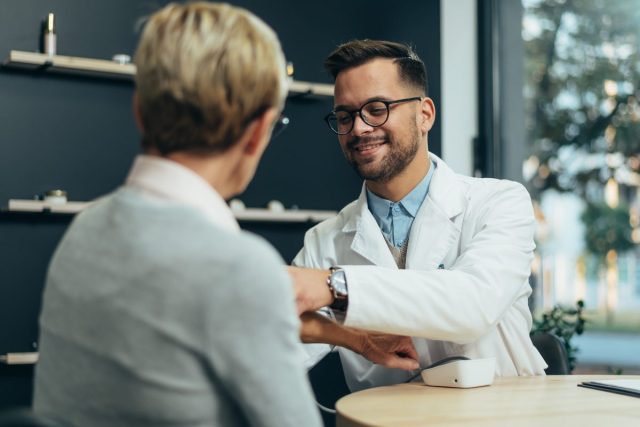
Doctor Rasouli claims: “Scoliosis sufferers are fortunate to have a wide range of therapy choices at their disposal. The best therapies for scoliosis in teenagers are focused physical therapy and close follow-up with a scoliosis expert. Bracing is an additional option for patients who qualify. Surgical correction may be required when symptoms and scoliosis progression are severe or when individuals are worried about their appearance.
The installation of growing rods, vertebral body tethering, and spinal fusion are the surgical procedures used most frequently. These aid in spinal realignment and stabilization to promote healthy development and posture. There are numerous available treatments that should be evaluated with a scoliosis surgeon.”
According to Dr. Ghazarian, “a prevalent misperception is that patients with scoliosis always need to wear a back brace. In reality, bracing is typically only advised for a tiny subset of growing young individuals. The most frequently prescribed form of treatment, physical therapy concentrates on restoring muscular balance, bolstering frail muscles, and releasing tight ones. Physical therapy plays a significant role in the lives of scoliosis patients. Keeping a healthy weight may also assist prevent symptoms. The need for surgery for someone with scoliosis depends on a variety of circumstances. Large spinal curvature typically requires surgery to be straightened and to stop them from getting worse over time. The most frequent treatment used by surgeons to straighten the spine is a spinal fusion.
Through the use of metal rods and screws, surgeons seek to realign the vertebrae in order to allow the spine’s bones to fuse together in a straighter alignment. By roughly 4-6 months after surgery, the majority of patients are able to resume noncontact sports. With the help of technical advancements, spine surgery is constantly improving and treating patients with less invasive methods.”
As per Dr. Mesiwala, “Once a kid is diagnosed with scoliosis, routine x-rays taken every six months can be used to measure the curvature. If the curve does not significantly worsen, surgery is typically not necessary.
Surgery is not necessary if the curve is well-balanced, less than 45°, causes no significant asymmetry or postural issues and has no physical limits. Scoliosis in children typically causes no symptoms, a normal existence, and no need for therapy. Physical therapy and bracing are beneficial for certain children, but to significantly slow the advancement of the curvature, a brace must be worn for more than 20 hours per day and fitted properly.
Any youngster who experiences excruciating pain, significant posture, and mobility challenges, breathing difficulties, or loss of neurological function should have their scoliosis evaluated by a doctor. Once scoliosis has advanced significantly, frequently over 45°, or if it causes severe discomfort, cognitive disorders, pulmonary concerns, other physical limits, or impairment in function, surgery is frequently performed to correct the aberrant curvature. Additionally, surgery is done to stop further issues in maturity even if the child is asymptomatic but has a significant abnormality. Full recovery is typical and the results of teenage scoliosis surgery are often pretty favorable.
A Doctor’s Personal Experience with Scoliosis
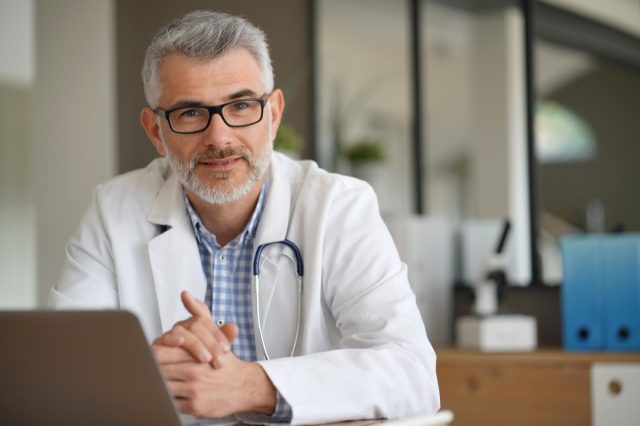
Dr. Mesiwala explains, “Having a child diagnosed with scoliosis can be rather worrisome, even though many people in the community are familiar with the condition and screening is prevalent in schools. Finding out that your child has a twisted spine can be worrisome, especially since they appear perfect, healthy, and complaint-free. Regular doctor visits and monitoring are typically all that are required. The question of whether or not to surgically intervene arises when the curvature worsens and the child is still healthy and symptom-free.
I am quite familiar with the objectives, advantages, and risks of surgery as a neurosurgeon who frequently conducts these procedures on adults and adolescents. However, when my daughter was diagnosed with scoliosis at age 11 and her curvature quickly accelerated over the course of a year, our family was faced with a difficult choice. Our daughter had a thoracic and lumbar component to her curve, which was over 45 degrees. Fortunately, we believed that by addressing her lumbar component’s misalignment, her thoracic curvature would straighten itself, and her long-term result would be wonderful. She had surgery before the age of 13, it was done at the conclusion of her summer vacation, and she was able to go back to school on the first day.
Like most teenagers, she bounced back rather fast and was back to her full, unconstrained functioning within six months. She was able to compete well in high school athletics, attended college without any issues, was free to follow all of her hobbies, and her surgery had no lasting repercussions. The sole indication that she underwent surgery is a thin scar running down the middle of her back and x-rays showing that she has instrumentation in her spine. Most children who receive therapy for scoliosis will be completely normal and have no long-term effects from their scoliosis with the right counseling and assistance.




